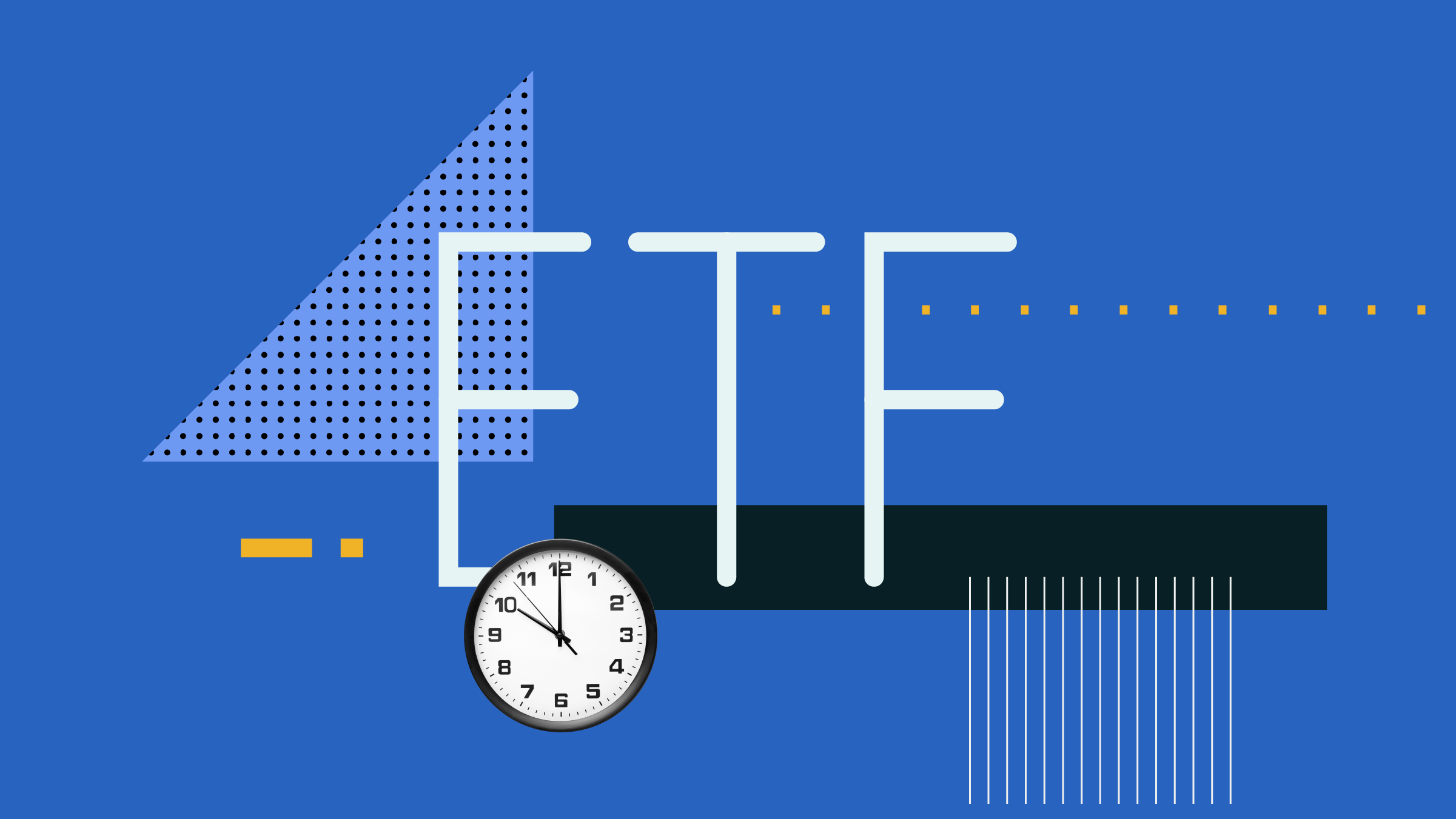A bird in hand is worth two in the bush -- a proverb dating back to medieval falconry which implies that it is better to have a lesser but certain reward than the mere possibility of a greater one. This perhaps explains the popularity of mutual funds that pay out fixed distributions -- where many view the certainty of cash received as worth more than unspecified gains at some point in the future.
Fixed distributions are a promise that a fund will pay either a fixed percentage of its assets or a fixed dollar amount on a regular basis. In the current low-interest-rate environment, funds that pay fixed distributions are popular because they provide a regular paycheck. But the cash for these distributions has to come from somewhere, and when rates are low, it's harder for funds to earn enough to cover a big payout. When they don't earn enough, the payout comes right out of the fund's principal, creating the illusion of income -- also called return of capital. To make matters worse, this reduces the investment base to grow upon, which in turn diminishes future returns.
Mutual fund providers can take advantage of investors' hunger for income by offering products with high but unsustainable fixed distribution rates. A rate can be deemed unsustainable if it is greater than what a portfolio manager can reasonably expect to earn, thereby eroding capital. Fees set an even higher hurdle for portfolio managers to overcome. Consider a fund with a 1.3% management-expense ratio (the median in the Canadian Fixed Income fund category) and a portfolio yielding 3% (about the Canadian bond market average). Expenses would eat up nearly half of the fund's yield. If, say, the fund had an annual 4% distribution rate, it would need a total return (yield plus capital appreciation) of at least 5.3% to prevent it from eating into capital.
Today most mutual funds in Canada that pay fixed monthly cash distributions do not appear to have strikingly high pay-out rates (with the exception of income-replacement investment vehicles, whose main purpose is to steadily pay back capital to retirees, or T-series of funds that help investors control when they pay taxes on their investments).
That doesn't mean that some of these rates can't turn unsustainable, especially during market downturns, or when funds start including low-income asset classes. NEI Ethical Balanced, for example, currently has a monthly distribution of 7 cents per unit, which approximates an annual rate of 6% at the current unit price. In 2011, when the fund lost 4.7%, it paid investors back their own money as cash distributions. Similarly, the $8.7-billion Manulife Monthly High Income, which pays 6 cents per unit monthly -- approximately 5% a year -- paid investors back their own money for the most part in 2011 when it gained only 1.4%.
To put it simply, when the annualized monthly distribution is higher than the annual return, investors are getting their own money handed back to them in the form of return of capital. Therefore chances of receiving return of capital are higher when funds have a higher monthly distribution.
Return of capital's silver lining
Return of capital can be a tax deferral tool. Unlike interest, dividends and capital gains, return of capital is not taxable. On the other hand, it does reduce the cost base of your investment, which will result in higher capital gains tax in the future.
Sometimes when portfolio managers do not want to sell shares, they may use the cash they have in the fund to pay or supplement the distribution, resulting in return of capital. Because selling can trigger capital gains, return of capital in this case protects investors from taxation on capital gains and allows the portfolio manager to hold more of a stock he or she likes for longer.
When it can get ugly
Having a liability in the form of fixed cash distributions can strain a fund's liquidity during market downturns. Portfolio managers may be required to sell stock at the wrong time, at depressed prices. This would lead them to own lesser stocks, resulting in weaker returns when the market bounces back.
To get a good assessment of risk, investors should also be evaluating the fixed cash distribution their fund pays in the context of the asset classes it holds. If the fund invests in low-yielding assets like government bonds, it will always face the risk of not generating enough returns to meet fixed distributions. As an example, NEI Ethical Balanced invests half of its fixed income sleeve in government bonds. Moreover, Morningstar data shows less than 15% of the bonds in the sleeve pay a coupon of more than 4% -- compared to 45% for the Canadian Neutral Balanced category average.
At the opposite end of the spectrum, investors should be mindful of the risks associated with funds investing in higher-returning assets like small-cap stocks and high-yield bonds to meet a fixed distribution. As an example, CC&L Core Income and Growth targets a 5% annual distribution, paid monthly. The equity sleeve of the fund has a dividend yield of approximately 4% versus 3% for the Tactical Balanced category average. However, the equity sleeve also has 40% allocated to mid-cap stocks compared to 20% for the category average; smaller-cap stocks may have fewer buyers in unfavourable market environments, requiring managers to sell stocks at artificially low prices to raise cash for distributions.
The good
There are portfolio managers who take an innovative approach to paying out a stable stream of income. The managers of PIMCO Monthly Income  try to ensure monthly distributions do not come from return of capital by setting a monthly distribution target on a rolling 12-month basis to ensure the payout is not higher than what the portfolio has earned.
try to ensure monthly distributions do not come from return of capital by setting a monthly distribution target on a rolling 12-month basis to ensure the payout is not higher than what the portfolio has earned.
TD Monthly Income  pays a monthly distribution of 3 cents per unit, which equates to an annualized rate of almost 2% at the current net-asset-value per unit. This is a very sustainable distribution rate for a fund invested largely in investment-grade corporate bonds and dividend-paying stocks.
pays a monthly distribution of 3 cents per unit, which equates to an annualized rate of almost 2% at the current net-asset-value per unit. This is a very sustainable distribution rate for a fund invested largely in investment-grade corporate bonds and dividend-paying stocks.
Please click here for more of Morningstar's Fixed Income Week.



















